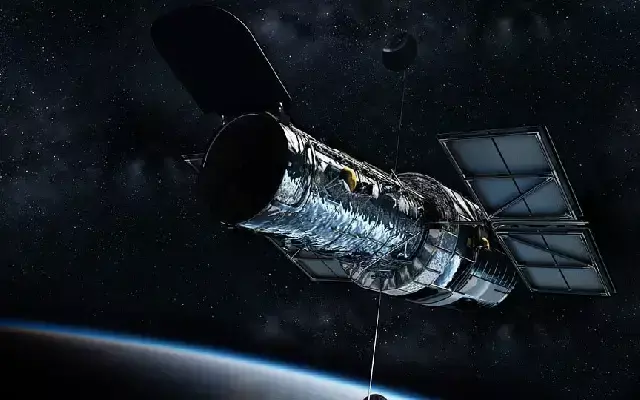
NASA Telescope Spots Potential Signs of Alien Life
The search for extraterrestrial life has been a long-standing quest for humanity, with scientists scouring the cosmos for any signs of life beyond our planet. Recently, NASA’s James Webb Space Telescope (JWST) detected molecules on an exoplanet that are closely linked to life, marking one of the most compelling hints of extraterrestrial existence.
The exoplanet in question is K2-18b, a super-Earth located about 111 light-years from Earth in the constellation Leo. K2-18b is a fascinating celestial body, as it orbits its star in the habitable zone, making it a prime candidate for hosting life. The JWST has been observing K2-18b since its launch in 2021, and its latest findings have sent shockwaves through the scientific community.
According to the latest research, astronomers have observed traces of two sulphur-bearing gases, dimethyl sulfide (DMS) and dimethyl disulfide (DMDS), in K2-18b’s atmosphere. On Earth, these gases are largely produced by marine organisms, such as phytoplankton and other microorganisms. The presence of these gases on K2-18b is a strong indication that the exoplanet may be home to life, as they are not typically found in the atmospheres of planets that do not support life.
The detection of these gases is a significant breakthrough, as it provides strong evidence for the possibility of life on K2-18b. The JWST’s ability to detect these molecules is a testament to its cutting-edge technology and its ability to study the atmospheres of distant planets in unprecedented detail.
But what exactly do these gases indicate about the possibility of life on K2-18b? In short, they suggest that the exoplanet may be home to a liquid water ocean, which is a crucial ingredient for life as we know it. The presence of DMS and DMDS in the atmosphere of K2-18b is consistent with the idea that the planet’s ocean may be teeming with marine life, similar to the life that exists on Earth.
The discovery of these gases is also significant because it provides a new avenue for researchers to explore the possibility of life on K2-18b. Previous studies have focused on the planet’s atmospheric composition and its potential for hosting liquid water, but the detection of DMS and DMDS offers a new way to investigate the exoplanet’s habitability.
While the presence of these gases is a strong indication of the possibility of life on K2-18b, it is essential to note that the discovery is not conclusive evidence of extraterrestrial life. However, it does provide a promising lead for further research and could potentially be the first step in the search for life beyond our planet.
The detection of DMS and DMDS on K2-18b is a testament to the power of NASA’s James Webb Space Telescope and its ability to study the atmospheres of distant planets. The JWST is a powerful tool that has already made several groundbreaking discoveries, including the detection of water vapor on a distant exoplanet and the observation of the most distant galaxy ever seen.
As scientists continue to study K2-18b and its atmosphere, they may yet uncover more evidence of life on the exoplanet. The possibility of finding life beyond Earth is a tantalizing one, and the discovery of DMS and DMDS on K2-18b is a significant step forward in the search for extraterrestrial life.






